8 Exercises for Sciatica and Lower Back Pain Relieve
Many people suffer from lower back pain. This condition is quite common and there are numerous reasons why it actually happens. One of these reasons is constriction of the piriformis muscle and it happens more often then you might assume.
This slim and small muscle is located behind the gluteus maximus and it connects the spine to the top of the femur.
When this muscle tightens, becomes inflamed, gets pulled or spasms you need an effective piriformis stretch to relieve the pain and restore the muscle function.
What is the Piriformis?
Because the largest muscle is in front of it, the piriformis is hard to get. The function of the piriformis allows the foot, upper leg and hip outward from the body.
The piriformis covers the largest nerve in the body (sciatic nerve) which stretches from the lower back to the legs.
In some cases, the sciatic nerve runs through the piriformis. Sciatica is a condition in which the sciatic nerve is disturbed and causes a lot of pain.
Not only has the hip and leg movement rely on the proper function of the piriformis, but also the overall balance of the body too.
On one side the piriformis is connected to the front part of the sacrum (the triangular bone) at the base of the spine.
This is the only pelvic muscle that is actually attached to the front of the sacrum which provides the balance of the legs and the pelvis.
It maintains stability in a way that the psoas muscle at the front of the pelvis and the gluteus maximus contract with each other.
What Causes Piriformis Syndrome?
It’s a surprising fact that the piriformis syndrome is a quite controversial condition in the medicine. Even with modern technology, experts can’t determent the cause.
This term comes from the collection of sciatica conditions in 1947 and it wasn’t identified as a specific issue. Since then lower back pain caused by an impinged piriformis muscle has been classified as a true condition.
If the piriformis puts pressure on the sciatic nerve, severe pain, Numbness, and tingling feeling occur.
This is a quote of dull pain and severe pain in the back, buttocks, hip, and legs is triggered. Inflamed or misaligned piriformis causes a great pain while sitting or just changing position. For example, the transition from sitting to standing.
#1. The standing back twist
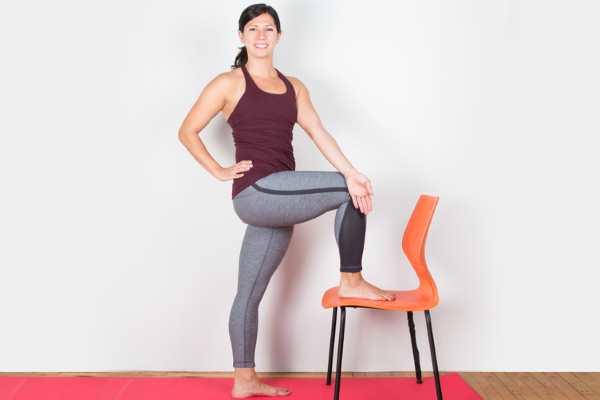
This exercise is great for people who are less than optimally flexible and have little experience with more advanced exercises. Place your left foot up on a chair, place your right hand on your raised knee and have your left hand rest on your hip. Turn your entire upper body to the left side as far as you can without causing pain, but keep your hips facing forward. Hold the final position for 30 seconds, then release and repeat on the other side.
#2. The knee raise
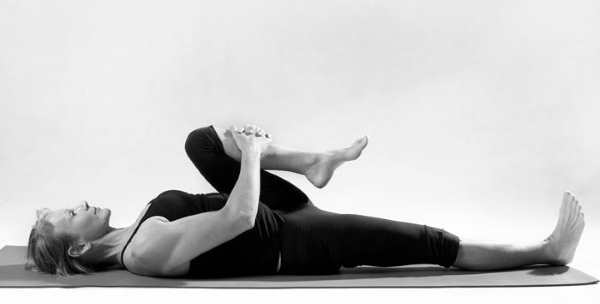
Lying on your back hold each knee to your chest one by one for half a minute. You should feel your lower back and glutes stretching like crazy. Don’t worry if you notice that you are not flexible, you can do variations of this exercise as long as you feel properly stretched.
#3. The two-knee twist
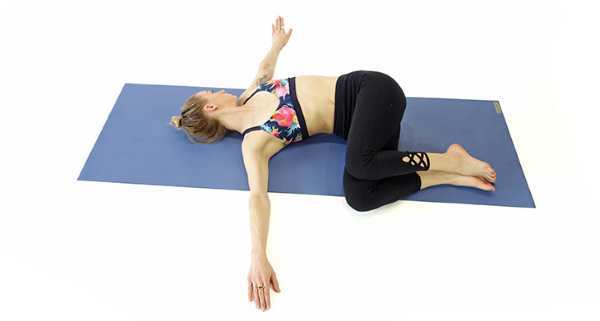
Lie on your back, extend your arms to both sides, forming the letter “T” and bend both knees together. Keeping your shoulders on the floor, turn both of your knees out to one side and hold the position for one minute, then repeat on the other side.
#4. The single leg twist
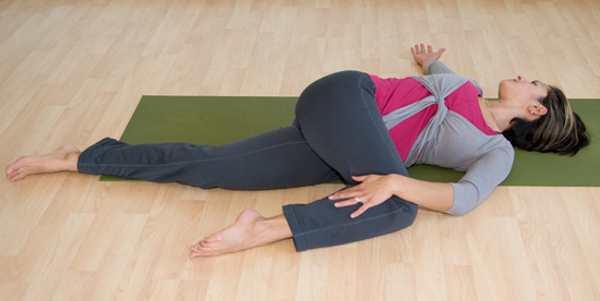
First, lie on the back while bending the right knee. Next, by using your left hand pull the knee over to the left side. As you do so, make sure you keep on the ground. You will feel the stretch in your buttocks and hip.
Hold the position for 30 seconds and then do it again. It is recommended 3 times a day.
#5. The twisted lunge
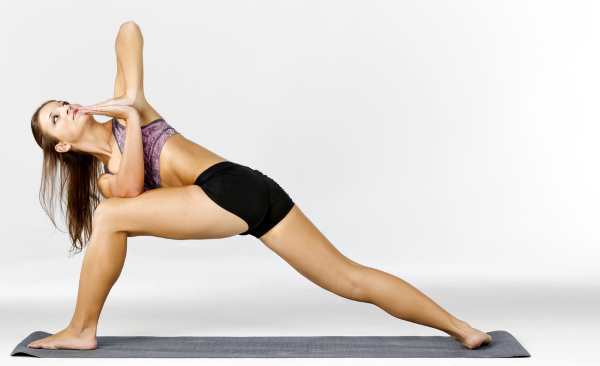
Take a step forward with your left leg and bend the knee, keeping the other leg out behind you. Your feet should be about one leg’s length apart. Twist your back to place your right elbow on the outside of the bent knee and hold for 30 seconds, then repeat on the other side.
#6. The seated twist
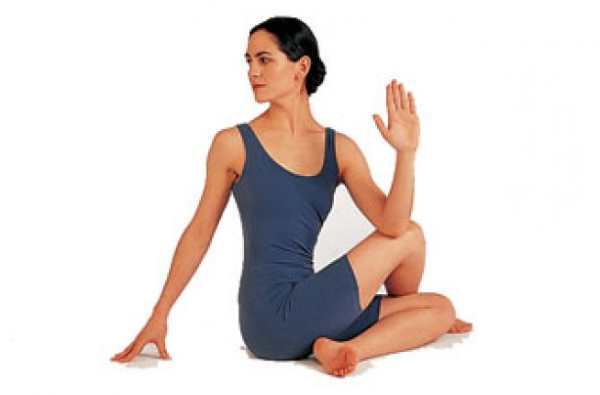
If you’re not accustomed to twisting, the simple seated twist is the perfect beginning. Sit on the floor in a cross-legged position. If it’s more comfortable, sit on a folded blanket to raise your hips. Elongate your spine, and as you inhale, place your right-hand flat on the floor behind you and your left hand on your right knee. On the exhale, move deeper into the twist while looking over your right shoulder. Hold for five breaths, then switch sides.
#7. The cat exercise
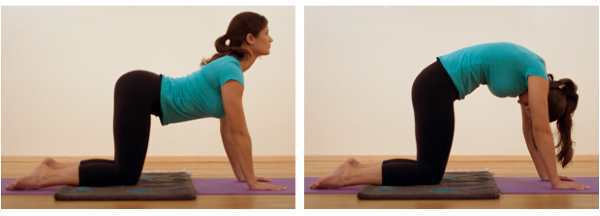
Start on all fours, with the hands under the shoulders, and the knees spread beneath the hips. Arch the spine while inhaling, and when you exhale, tighten the core and round the back like a cat.
#8. The child’s exercise
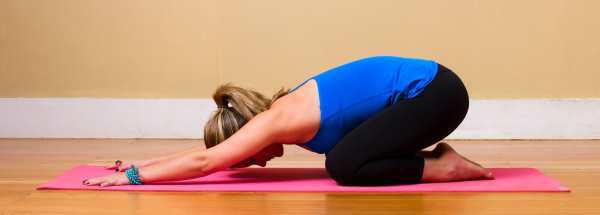
Bend your knees and lower your body to the ground. Stretch your hands with the palms on the floor and touch the ground with your forehead.
Source: Gym Guider
